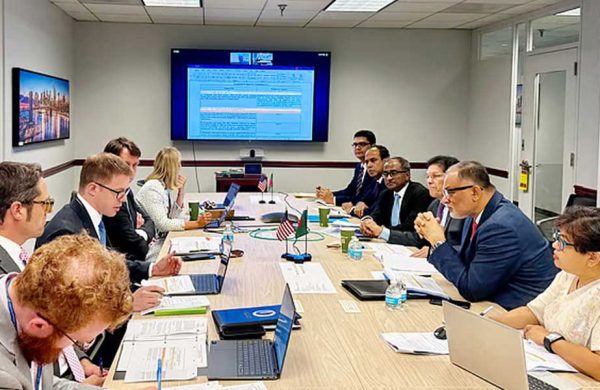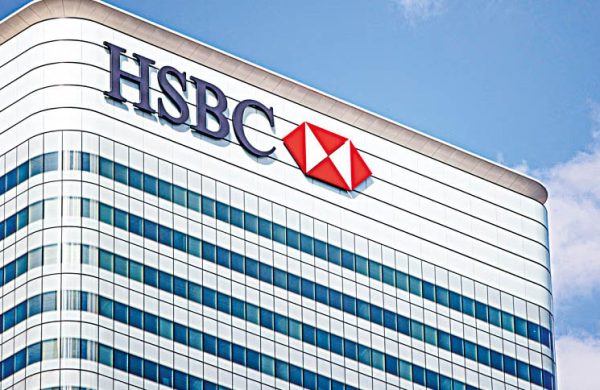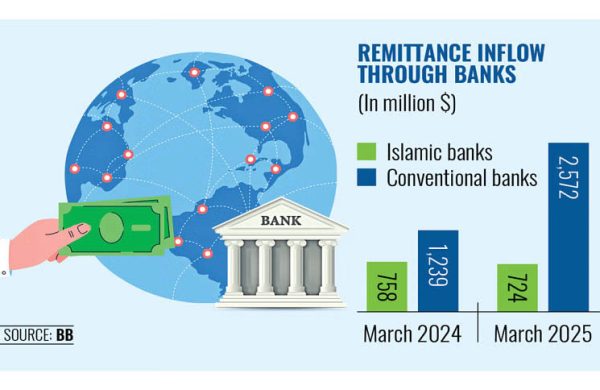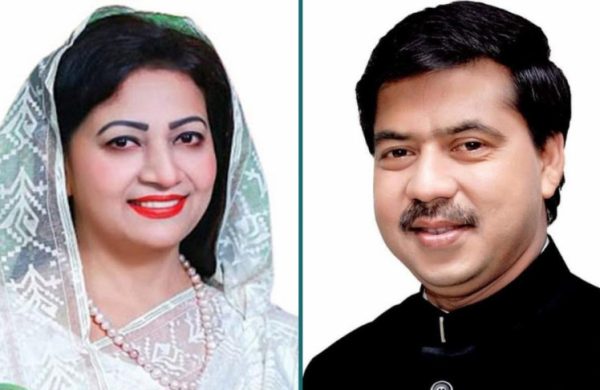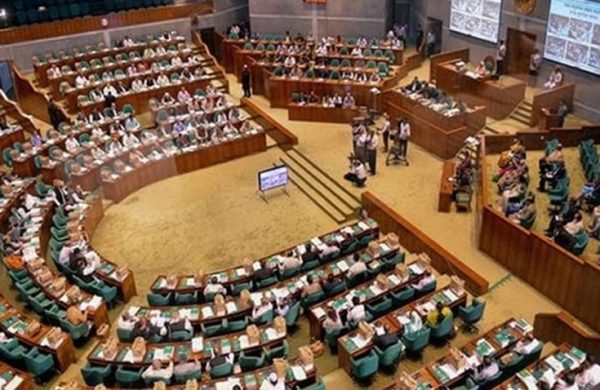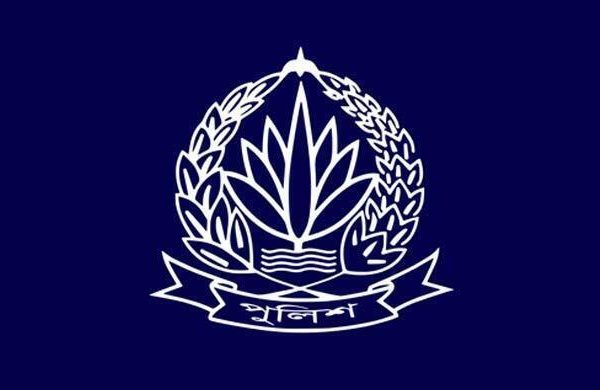BB likely to ease monetary policy amid interest rate shift
- Update Time : Wednesday, July 30, 2025
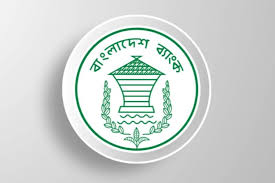
TDS Desk:
Bangladesh Bank is expected to revise its long-standing contractionary monetary policy, with an eye towards easing interest rates.
This crucial shift comes in response to lower-than-desired credit growth observed in the previous fiscal year, a direct consequence of the tight monetary stance.
For the past three fiscal years, the central bank has maintained a contractionary policy, primarily aimed at taming persistent inflation and stabilising the volatile foreign exchange market.
The central bank’s Monetary Policy Committee (MPC) now suggests measures to reduce interest rates in a bid to stimulate credit flow and boost employment.
Sources close to the MPC indicate that inflation is on a decreasing trend and has already fallen to a significant level.
This positive development is paving the way for a review of the contractionary policy, which economists and policymakers believe has severely impacted investment, credit growth and overall employment in recent fiscal years.
“The monetary policy significantly affected investment, credit growth and employment in the previous fiscal years. The central bank must now consider these major macroeconomic issues in the new monetary policy,” said a prominent economist associated with the MPC.
The forthcoming monetary policy announcement on Thursday will reveal the extent of the central bank’s adjustments.
This move signals a potential shift in focus from solely inflation containment to balancing price stability with economic growth and job creation.
TYPES OF MONETARY POLICY
Expansionary (Loose) Monetary Policy aims to stimulate economic growth, reduce unemployment and prevent deflation. This involves measures like lowering interest rates, buying government securities and reducing reserve requirements.
Contractionary (Tight) Monetary Policy aims to curb inflation and cool down an overheating economy. This involves measures like raising interest rates, selling government securities, and increasing reserve requirements.
The primary goal of monetary policy is to achieve macroeconomic objectives such as:
Price Stability: Keeping inflation low and stable. This is often the most important objective as high and volatile inflation erodes purchasing power and creates economic uncertainty.
Economic Growth: Promoting sustainable economic expansion and a high rate of employment.
Financial Stability: Ensuring the health and stability of the financial system, including banks and financial markets.
Exchange Rate Stability: Managing the value of the domestic currency in relation to trade with other currencies.
HOW MONETARY POLICY WORKS
Central banks implement monetary policy by adjusting the availability and cost of money in the economy. They do this primarily through various tools that influence interest rates, bank lending and the overall money supply. The mechanism through which these actions affect the economy is known as the monetary transmission mechanism.


